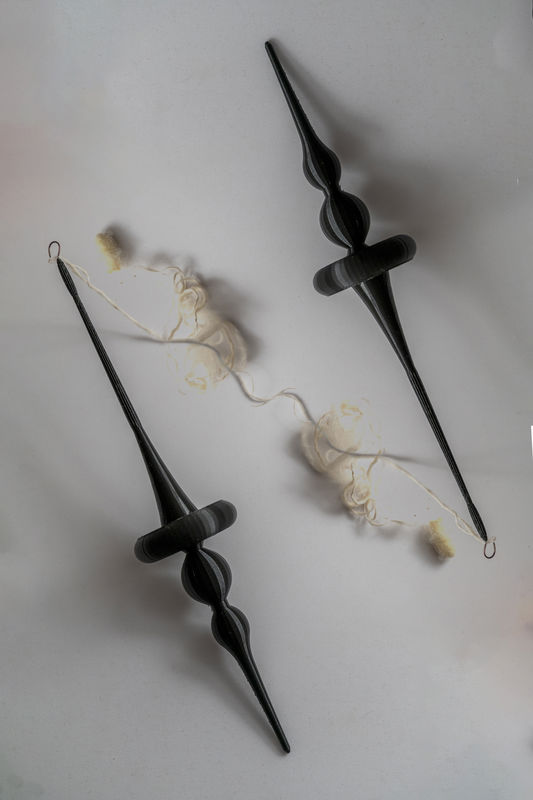The domestic silk moth takes its name from the process in which the silkworm – the moth’s larva – spins its cocoon from raw silk produced in its body. After hatching from the cocoon, the female mates, lays eggs and dies. The domesticated species is not found in nature and depends on humans for breeding, so the larvae are raised by humans and without a mother. Various sources indicate that raising silk moths and spinning silk was the work of women (mothers, girls, and grandmothers) as part of household chores. The use of silk exemplifies the transparent labor of motherhood and at the same time, demonstrates one way in which humans can use renewable natural resources and preserve them.
The durational action at the festival produces a changing installation. The artist will meet with different people, and together they will unravel the hatched cocoons and spin silk threads. The intimate and delicate action of unraveling will accumulate into a multi-layered object made up of the different encounters. The encounters are an invitation for a conversation. The stories that come up in the conversations will be translated into braille and integrated into the installation. A multitude of stories written in braille.
